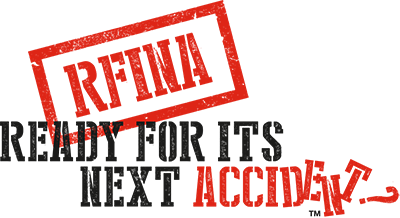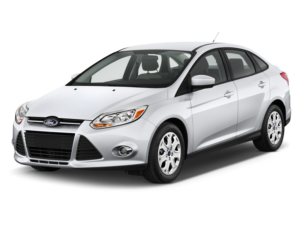The Information Needed to Get Past ‘No’
At the CCIF meeting in Toronto in January of this year Mike Anderson moderated a panel of OEM and insurance reps to discuss electronic scanning. During the course of the discussion Mike made a point with a quote he attributed to another insurance rep in another conversation. “No doesn’t mean no. It means I need more information.”
But the manufacturers are putting out lots of information, so why is it being met with ‘No’; what more information could be needed?
Two examples of long standing OEM information are useful here.
Many manufacturers state that ALL repairs have to be done with new OEM parts and the industry does not takes that position seriously. An honest repairer and insurer will recognize that many electronic parts are best replaced with new, used bearings are not a good idea and most welded panels are also best replaced with new OEM parts. Neither the repairer or insurer, or especially the self-paying owner will have any trouble with using a clean part such as a hood or front headlight from a 2014 car to complete the repair of the same 2014 model. Aftermarket parts are a different story, but when the manufacturer states that no used OEM parts cannot be used no one pays much attention.
Wheels are another example of an information problem. All or most manufacturers state that alloy wheels cannot be repaired or repainted and have to be replaced with new. The manufacturers have had this position for years and the repair industry has been repairing and repainting wheels for 30 or 40 years with no issues. An alloy wheel ‘repaired’ on the floor with a bit of heat from a torch and a few hits with a hammer is not a safe repair. An aluminum wheel can be repaired safely by a qualified technician using accurate gauges and a known amount of slowly applied hydraulic pressure at a specific heat. $200 for that safe repair compares well to $675 for a new wheel.
Now the manufacturers are putting out clear position statements on how electronics have to be managed during repairs on their vehicles. They may be correct in these statements, but those paying have to be thinking ‘is this real or is this another new parts all the time or wheel repair thing?’
A negotiating tactic that was used by labour unions quite often in the 70s and 80s was ‘work to rule.’ This meant that everything was done by the rules and was usually the last step before a strike was called. Following rules to the letter caused a significant reduction in productivity.
This not mean that the rules were silly and getting in the way of production, What it did mean is that a knowledgeable work force could safely work to the spirit of the rules and still meet good production levels. That work force, in cooperation with good management, would know when to apply the rules strictly and when they could be relaxed. New employees or a new situation would require a much stricter adherence to rules, but as the process became better understood efficiencies could be found that increased productivity without decreasing safety or quality.
Vehicle electronics are very new and very rapidly changing and we do not have the knowledgeable work force that can interpret the rules to combine efficiency with the needed safety. In this case it would be best to follow the rules but there is a tremendous resistance to the costs involved. Repairers’ costs include equipment, training and productivity as new techniques are learned and implemented. Insurers’ costs are very easy to see dollars. No one wants to lose competitive position by being the first to take on these costs. However, the current situation of the OEMs sticking to their firm rules and the rest of the industry applying ad hoc interpretations is neither safe nor sustainable.
The current challenge is cultural as well as highly technical. The culture of the manufacturers is to stay firm to their requirements, the culture on the repair and paying side is to use alternatives to absolute adherence every time. There is work to be done to get to an understanding that allows the very high volume of high-tech vehicles to be properly repaired. That will take honest discussion and also movement on the part of all participants.
Once again; we will get there but we are not there yet. The five years I first brought up in July 2016 is now down to 4 ½ and we will probably need all of that.

 Ford has contracted Certified Collision Care to manage their accreditation program. This means that there is no discussion of the capabilities, service area or integrity of the repair facility until it has paid money to join Certified Collision Care, which is a private company that is trying to find a niche in the collision repair market.
Ford has contracted Certified Collision Care to manage their accreditation program. This means that there is no discussion of the capabilities, service area or integrity of the repair facility until it has paid money to join Certified Collision Care, which is a private company that is trying to find a niche in the collision repair market.